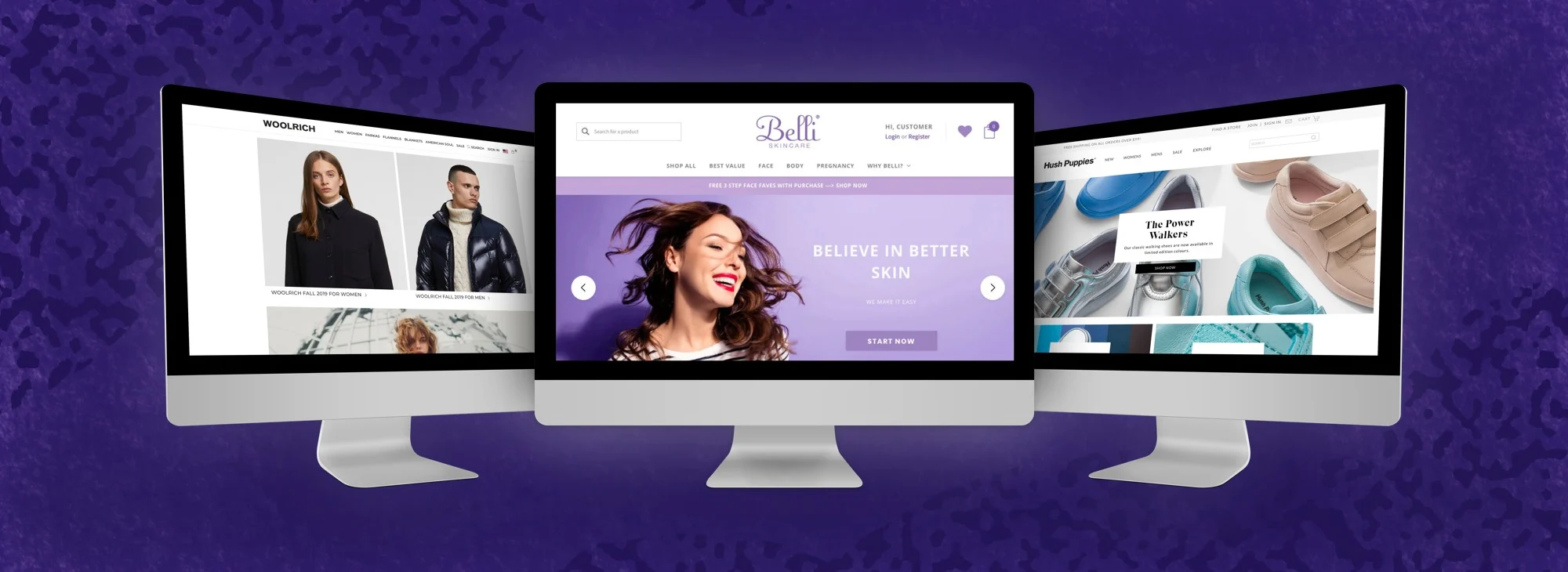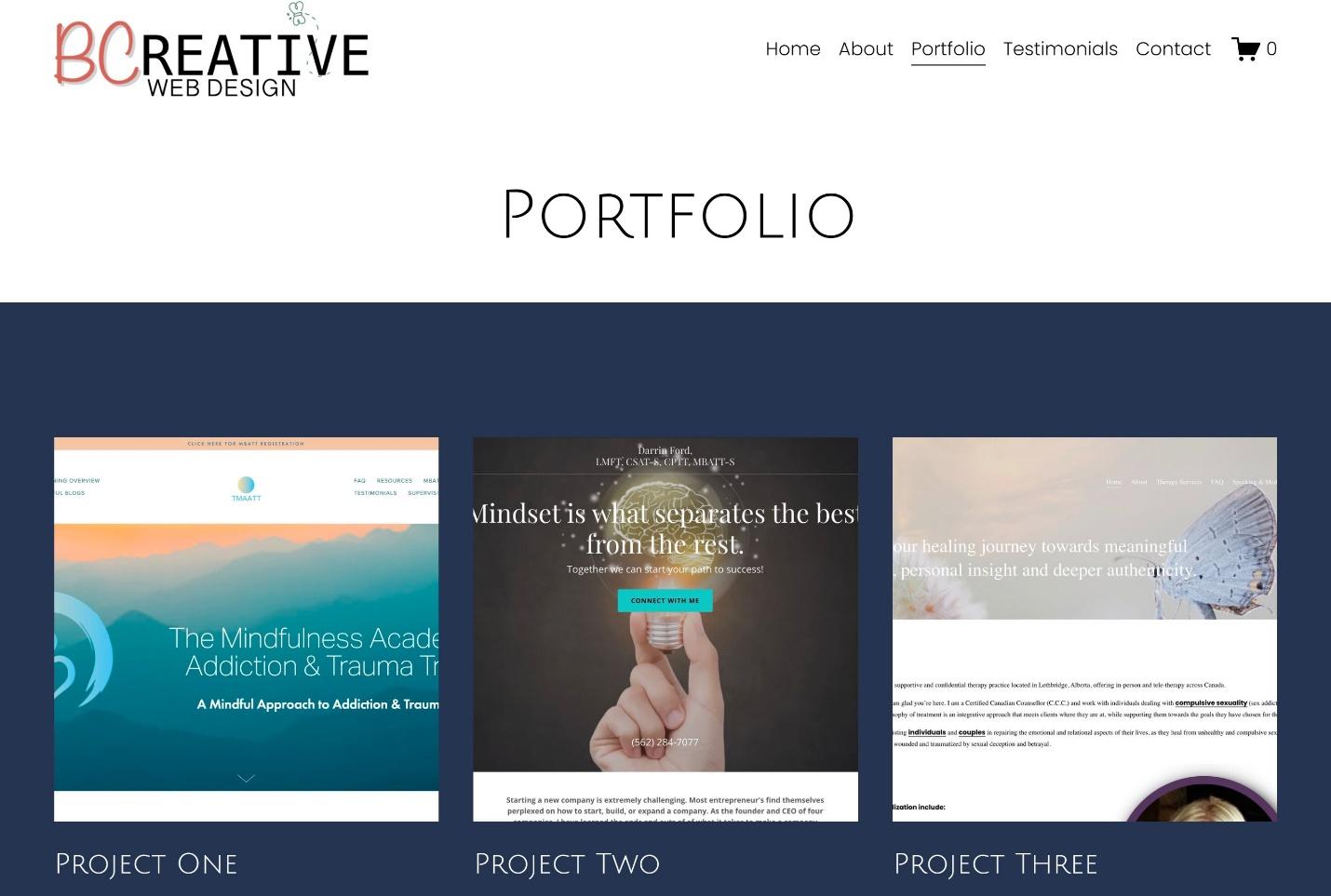Important Concepts of Internet Site Design: Developing User-Friendly Experiences
By concentrating on individual demands and choices, developers can promote engagement and fulfillment, yet the effects of these concepts extend beyond mere functionality. Understanding just how they link can dramatically affect a website's general effectiveness and success, prompting a closer examination of their individual functions and collective impact on customer experience.

Value of User-Centered Layout
Prioritizing user-centered design is vital for creating effective sites that fulfill the needs of their target audience. This technique positions the user at the forefront of the design process, making sure that the site not just functions well however additionally resonates with customers on an individual level. By comprehending the individuals' choices, actions, and objectives, developers can craft experiences that promote engagement and satisfaction.

Furthermore, taking on a user-centered design viewpoint can bring about enhanced ease of access and inclusivity, providing to a varied target market. By considering different customer demographics, such as age, technological efficiency, and social histories, developers can produce internet sites that are welcoming and functional for all.
Inevitably, focusing on user-centered design not just improves individual experience but can likewise drive key organization results, such as increased conversion prices and consumer commitment. In today's competitive digital landscape, understanding and focusing on customer needs is an important success aspect.
Intuitive Navigating Frameworks
Reliable internet site navigation is commonly a vital factor in improving customer experience. User-friendly navigating structures allow customers to locate details promptly and successfully, reducing aggravation and increasing engagement.
To create intuitive navigating, developers must focus on clearness. Labels must be familiar and descriptive to individuals, staying clear of lingo or ambiguous terms. A hierarchical framework, with key groups bring about subcategories, can even more assist customers in comprehending the relationship between different sections of the website.
In addition, including aesthetic hints such as breadcrumbs can lead customers via their navigating path, enabling them to quickly backtrack if needed. The addition of a search bar additionally enhances navigability, granting customers direct access to web content without needing to browse with several layers.
Adaptive and responsive Designs
In today's electronic landscape, ensuring that web sites work flawlessly throughout numerous gadgets is crucial for customer satisfaction - Website Design. Adaptive and responsive formats are 2 key techniques that enable this functionality, dealing with the varied variety of display dimensions and resolutions that customers might experience
Receptive layouts utilize liquid grids and versatile photos, allowing the site to instantly adjust its aspects based upon the display dimensions. This technique offers a regular experience, where content reflows dynamically to fit the viewport, which is specifically helpful for mobile individuals. By making use of CSS media questions, developers can produce breakpoints that optimize the layout for various gadgets without the requirement for separate styles.
Adaptive layouts, on the other hand, make use of predefined layouts for particular screen dimensions. When a customer accesses the site, the server detects the tool and serves the suitable format, guaranteeing an enhanced experience for differing resolutions. This can result in much faster packing times and boosted efficiency, as each layout is tailored to the tool's capabilities.
Both flexible and responsive layouts are critical for boosting individual involvement and satisfaction, ultimately adding to the website's overall efficiency in satisfying useful source its goals.
Constant Visual Pecking Order
Developing a constant visual pecking order is crucial for leading individuals via an internet site's content. This principle makes sure that details exists in a manner that is both intuitive and interesting, permitting users to easily navigate and comprehend the material. A distinct pecking order employs various design aspects, such as size, contrast, spacing, and color, to create a clear difference in between various sorts of content.

Additionally, constant application of these visual cues throughout the internet site promotes experience and trust. Users can quickly find out to acknowledge patterns, making their interactions more effective. Eventually, a strong visual hierarchy not just boosts customer experience but also improves total website functionality, urging deeper engagement and helping with the wanted activities on a web site.
Access for All Users
Access for Our site all individuals is an essential aspect of website style that guarantees everyone, no matter of their specials needs or capabilities, can involve with and take advantage of online material. Creating with availability in mind includes executing techniques that accommodate varied user demands, such as those with aesthetic, auditory, electric motor, or cognitive impairments.
One essential standard is to abide by the Internet Material Ease Of Access Standards (WCAG), which supply a structure for producing obtainable electronic experiences. This consists of making use of enough shade comparison, offering text options for pictures, and making sure that navigating is keyboard-friendly. In addition, using receptive layout techniques guarantees that internet sites function effectively across various devices and screen sizes, even more improving availability.
An additional essential element is making use of clear, succinct language that prevents jargon, making content understandable for all individuals. Involving individuals with assistive innovations, such as screen readers, calls for careful attention to HTML semantics and ARIA (Available Abundant Web Applications) duties.
Eventually, prioritizing access not just satisfies legal commitments yet additionally expands the target market reach, cultivating inclusivity and boosting user complete satisfaction. A dedication to ease of access mirrors a dedication to producing fair electronic settings for read what he said all users.
Final Thought
Finally, the important principles of internet site layout-- user-centered layout, instinctive navigating, receptive designs, constant visual hierarchy, and access-- jointly add to the development of easy to use experiences. Website Design. By focusing on individual requirements and ensuring that all people can efficiently involve with the site, designers boost usability and foster inclusivity. These principles not just boost user contentment however additionally drive favorable company results, inevitably demonstrating the critical significance of thoughtful internet site design in today's digital landscape
These methods provide indispensable insights into user assumptions and discomfort factors, allowing developers to customize the website's features and content appropriately.Reliable internet site navigation is commonly a vital factor in improving individual experience.Developing a regular aesthetic pecking order is crucial for assisting users via a site's web content. Ultimately, a strong aesthetic power structure not just enhances customer experience however also boosts total site use, motivating much deeper engagement and promoting the wanted actions on an internet site.
These concepts not just improve user fulfillment however additionally drive positive business outcomes, inevitably showing the essential relevance of thoughtful web site style in today's electronic landscape.